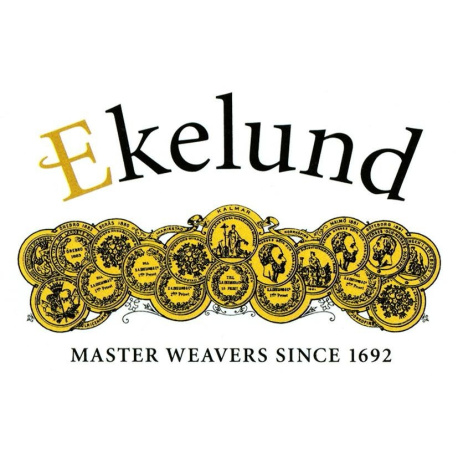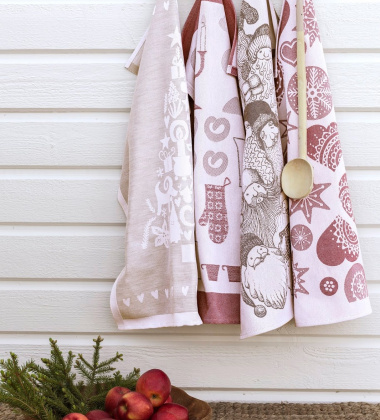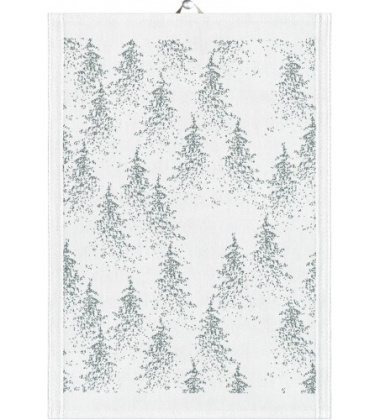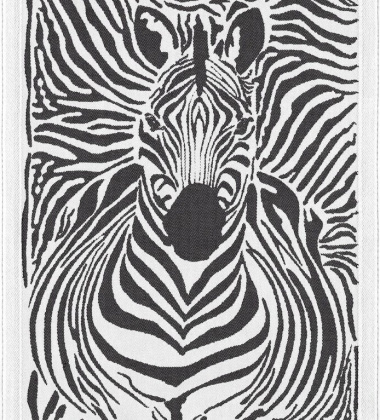
Per (the 11th generation) The Ekelund family is delighted to meet you. How can a brand which has existed over hundreds of years continue to speak to the modern market – the contemporary consumer? In today’s throw-away society, this challenge is perhaps greater than ever. Every day we’refaced with a plethora of messages and choices, which is why the team at Ekelund ask the burning question: how can we, a family business with roots in the 17th century, stay up to date? W e already know the answer. W ith its focus on producing high quality textiles, we know our brand, underpinned by a solid set of values, is as relevant today as ever. And we know that sustainable alternatives are highly valued, both today and, perhaps more importantly, tomorrow. Ekelund was founded in Viskadalen, a district renowned for its tenacity, unity and entrepreneurial spirit. With manufacturing based on site here in Horred, we retain full control of every phase of production, and we are firmly committed to quality, sustainability and renewed tradition. So when these values combine with contemporary flair and a collection which reflects the times we live in, the result is a range of products which fit seamlessly into people’s everyday lives.
Our products help create beautiful, much-loved milieus which make you hanker for home.
For 16 generations, and over 450 years, the family has worked using textiles. According to well documented research, we are probably the world's oldest family textile company. Börje, Larsson, the family's eldest known member, was born in 1540. The time was characterised by self-subsistence, and on the farms people wove the textiles they needed. The family's livelihood then developed from these skills. But it was not until some time into the next century, that one could discern the contours of what is now Linneväveriet in Horred and the Ekelund brand.
The family ancestor Ingemar Larsson, 1660-1740. The first information that we have about him is to be found in a court report where he is called a "capitalist" (private Banker) and is accused of illegal textile trading. He lent money to his neighbour and when the neighbour was not albe to repay the loan Ingemar was given textiles in lieu of payment. When he later sold these textiles he in fact committed the crime. He violated the ban on "landsköp" (countryside trading) according to SVEA RIKES LAG (the Law of the Swedish Realm) of 1416, 1546 and 1617. The ban on countryside trading meant that rights of tradign, apart from one's own farm produce, was reserved for the trades in the town of Borås. The court report shows that Ingemar was found guilty and had to pay a fine.
We do not know who or when. We know the names of another four generations before Ingemar. The first one was born in 1540, but we have been unable to document any activity in the textile sphere.Ingemar's daughter Marta was born in 1692 and we know that Ingemar ran a considerable textile business at that time. Textile activity has since been recorded in each subsequent generation, using sources such as estate inventories, court reports and parish registers. From the 1860's onwards we have been able to document the greater part of the company's activities in the form of copies of letters, cashbooks, pattern books and descriptions of work methods and tools.
Ingemar had problems running his business. The burghers in the recently built town of Borås, founded in 1622, accused him of countryside trading. It was then that Ingemar had his flash of genius. Instead of buying products from the local population in order to sell them to others after paying duty in Borås, Ingemar provided them with raw material which they then spun into yarn and wove into finished products according to instructions. the locals were paid for their work in coin of the realm and the goods could then be classified as if they had been made by Ingemar himself. This meant that he was free to sell the goods to other people. Ingemar's activity was later to be known as Factor system.



